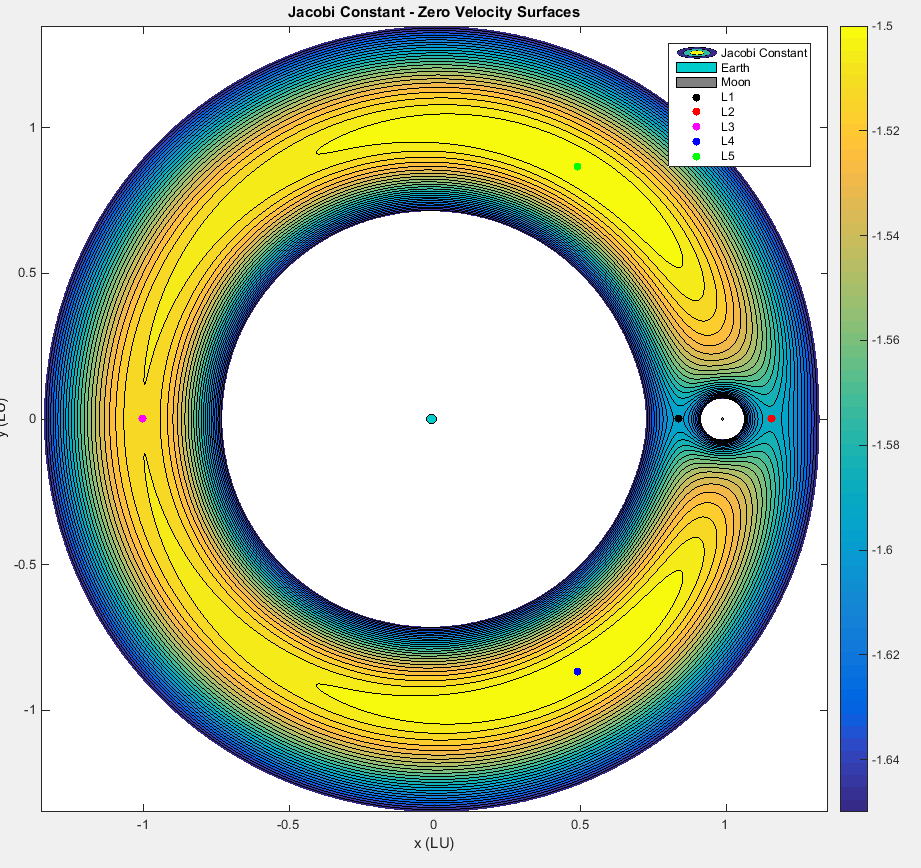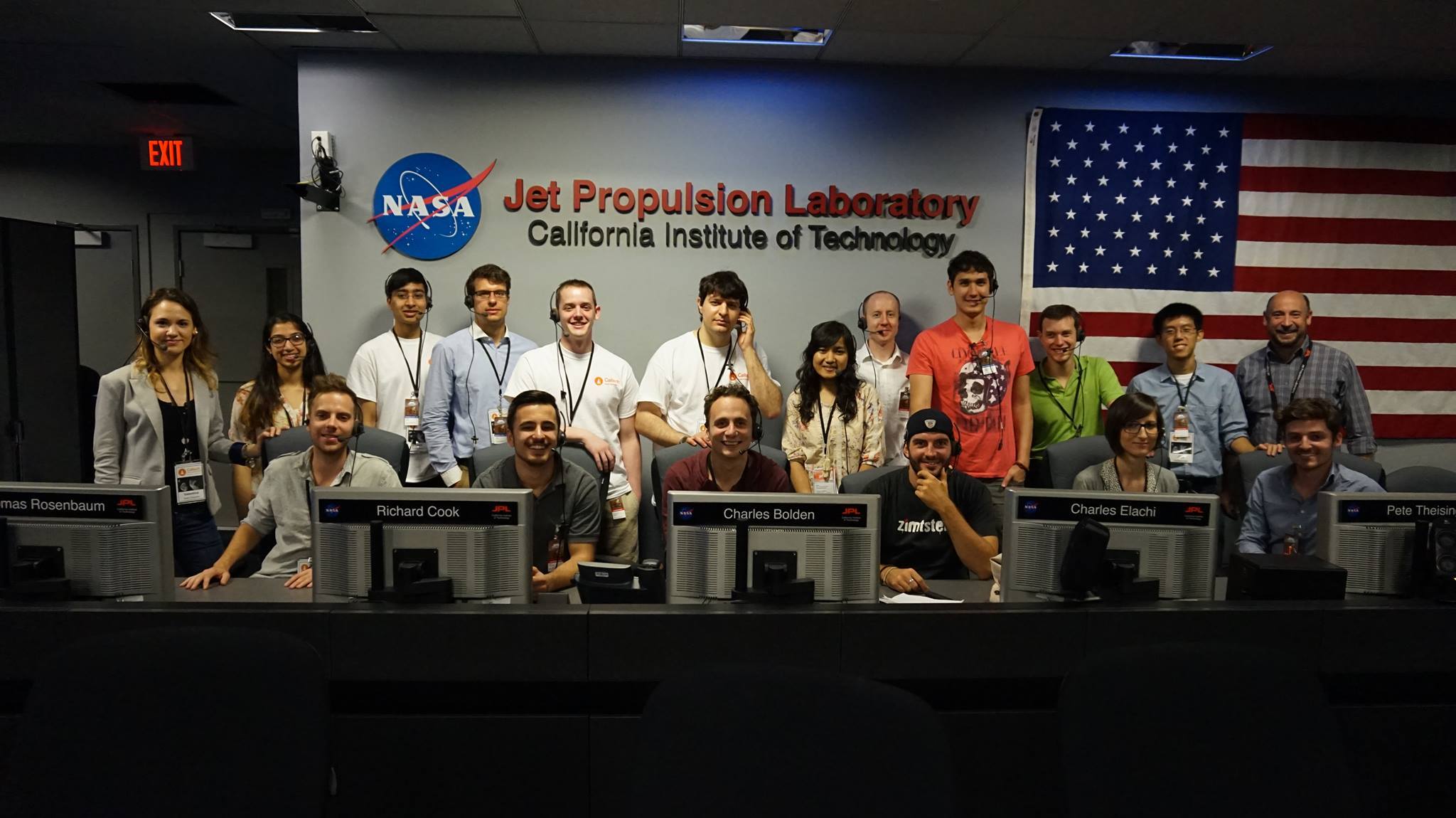Human Lunar Missions
Introduction
I’ve always wanted to live and work on the frontiers of space exploration. In fact, a major reason I went back to school was to bolster my “humans in space” education and so I used my opportunity at the University of Colorado to join relevant teams and classes. This effort paid off as I had two opportunities to lead teams of graduate students in lunar architecture competitions and I supported a third team.
Human Spaceflight Engineering Course
This course covered human spaceflight engineering and featured NASA astronaut guest lecturers. Topics included environmental control and life support systems (ECLSS), psychology, budgeting, rockets, and all the myriad things related to getting healthy and happy people to a destination in space. The final project was to develop an end-to-end human lunar mission with a team of classmates and present our plan in a competition format against the other five teams in the class. The competition was judged by industry experts, including a NASA astronaut. I led our team of eight and we won.
Our goal was to “Design and validate a mission architecture that supports permanent human habitation, exploration, and research on the lunar surface by 2034.” Interestingly, we decided that the mission should start in 2024, which is the same year that NASA’s Artemis program targeted several years later.
One of the topics we explored was sizing a greenhouse integrated with our ECLSS. We designed a system that started with a dedicated CO2 scrubber, such as a Four-Bed Molecular Sieve (4BMS), and designed it to evolve into a CO2 to O2 conversion system. We also tied water considerations in as plants both take in and release water. The next image gives a high-level overview of the result.
The biggest challenge was calculating mass budgets. We pursued bottom-up and top-down approaches. The bottom-up calculations used equations and metrics for every system and sub-system. For instance, how much space does an astronaut need to be happy? We used NASA reports to determine reasonable volumes, then designed a habitat around that space and calculated its mass. Another study looked at actual weights of packeged meals and their water needs. Summing up many studies gave us our estimated mission mass. The top-down approach also used volumes, but instead of finding masses, we used historic ratios. For instance, food typically represents 2% of the total mass of human spaceflight missions. Through these independent methods, we estimated a permanent human mission would require approximately 223 tons of material delivered to the moon’s surface, not including the vehicle mass.
The next image is a simple rendering of the first floor of our permanent command module. We envisioned a three-story mixed solid and inflatable structure.
The primary benefit of this class for me was being able to apply my knowledge of effective trade studies to a new subdomain of spaceflight. I learned a tremendous amount about things I had never been exposed to like ECLSS and psychology. It was a lot of fun, too, to interact with astronauts who lived with decisions engineers had made for them.
NASA RASC-AL Competition
RASC-AL is the “Revolutionary Aerospace Systems Concepts – Academic Linkage”, NASA’s annual mission architecture competition for students. Eight students from the human spaceflight class opted to continue polishing our lunar concepts and enter the contest held in Florida in May 2015. I supported the team primarily as the vehicle/habitat lead and contributed significant organization and editing to the final report. We won the graduate level competition for lunar architectures.
For this study, we opted to go with a three-floor habitat. The first two floors are hard-shell structures while the third floor is inflatable to provide significant volume.

This version of a lunar architecture featured a station in lunar orbit, like what was proposed later for Artemis. In addition to gravity well benefits, we decided a station would make it easier to control robots on the ground preparing a permanent human base. It would take four SLS and Falcon Heavy (or New Glenn) launches of hardware before the first humans landed on the moon.
Our team also went deep into mapping all the inputs and outputs into a human. We quantified each of these branches, seeking to measure power, gas, and water levels required to balance the system.
The competition was a lot of fun. It’s always a good time to see what other creative teams come up with. It didn’t hurt that we got to spend some time on the beach either. A fun memory from that trip was our team walking the beach one night and coming across a large sea turtle laying her eggs. No one else was around and we stood at a distance to watch her dig the hole, lay her eggs, cover them, then slip back into the ocean. We also went to the rocket and astronaut park at the Cape. The shuttle exhibit was a highlight.
CalTech Space Challenge
This was an exclusive week of intense mission planning with JPL during Spring Break. They get applications from all over the world for this event and only choose roughly 30 students. We were hosted on the CalTech campus and enjoyed mentoring from industry experts, including a day spent at JPL with their Mission X team. Our team had 16 students and I was voted the leader. (It was funny how the mentor narrowed down leaders: he asked anyone who was interested in leading to leap onto a table. I did it quickly in a single bound and that was enough for everybody in the room!) The image below has the flags of the various students on our team.
The mission JPL asked us to design was a concept for the human exploration and utilization of an asteroid parked in a lunar orbit. The idea was to plan the launches, habitats, science goals, instruments, and personnel requirements for a 39-day mission. We had five days to do all of the work, with some of that time spent on tours. Even now, looking back, the team did an incredible job. I’m very proud of our result.
We started by creating high level, generic requirements, such as the ones below. Then we assigned tasks to various experts. Our team was built by the organizers so that we had expertise in orbital mechanics, communications, systems engineering, geologists, and even a graphic designer.
Our concept of operations had two launches. One sent up an inflatable station with volume sufficient to house experiments and supplies for three people. When the station was ready, an Orion capsule was launched to bring and return the astronauts.
A key part of our work was brainstorming what NASA could do with the asteroid. We had a couple dozen ideas including sintering asteroid material with concentrated solar rays, dust mitigation experiments, and an X-ray diffractometer for mineralogy tests. We went deep on each of these topics, providing rationale for why each belonged and how NASA could approach implementing them. One fun idea we explored was a steam powered rocket. The concept is to use steam to navigate a drone around the asteroid instead of processing hydrogen and oxygen from water as you would in a typical rocket. A steam rocket doesn’t care much how dirty the water is, is more robust, and operates with solar power.
When I say “we went deep” into the details, I really mean it. The next image is an example operations schedule from a spacewalk we planned.
And here’s an example of the orbit planning we did. The idea was to navigate the station to a Lagrange point with a low-energy transfer so we could ship more mass and do system checkouts on the way. The orbit team took into account everything from solar eclipses to sun cycles and gravitational waves from Venus. They showed that 2024 was an ideal time to launch our mission and that our particular plan became more difficult by late-2025.

We all worked hard, getting up early and staying up late into the night to get through our tasks. The picture below is me talking with a member of the team in our conference room sometime long after the sun went down.

It wasn’t all work, though. We had a lot of fun with our mentors and visiting JPL. Here’s a shot of our team while JPL took a copy of one of their rovers out for a spin. (They were really working and invited us to take a quick picture while it rolled forward to their next objective.)
And here’s the whole team again in JPL mission control.

What a spring break!
Publications
The presentation for the human spaceflight class: Delphi Presentation
The RASC-AL challenge: RASC-AL Report
The CalTech/JPL space challenge: CalTech Report, CalTech Presentation
Final Thoughts
I’ve always wanted to be an astronaut. Something about living and working in space just speaks to my soul. Having the opportunity to dive deep into the engineering required to get humans into space gave me an appreciation of how much is involved not just in keeping people healthy, but also happy. I’ve been fortunate in my career to have sent hardware all over the solar system. Hopefully, I’ll one day get to fly up there myself.